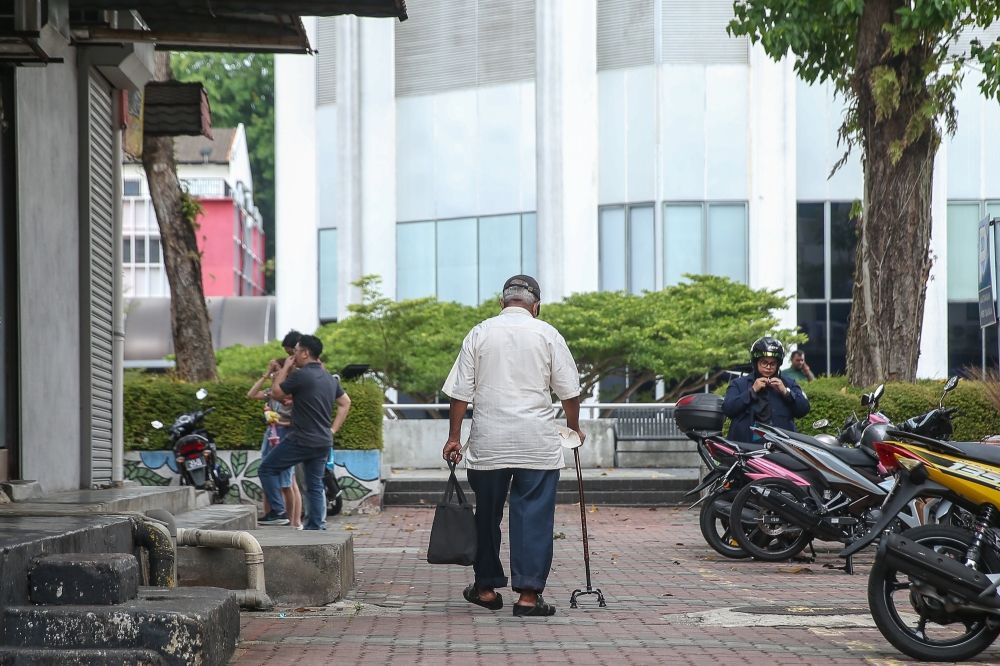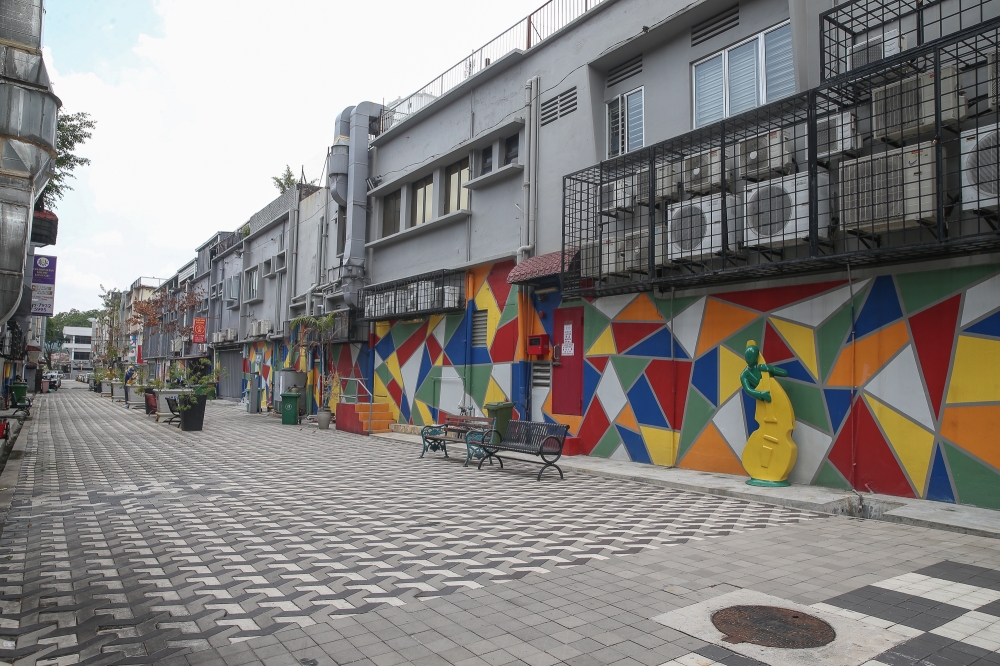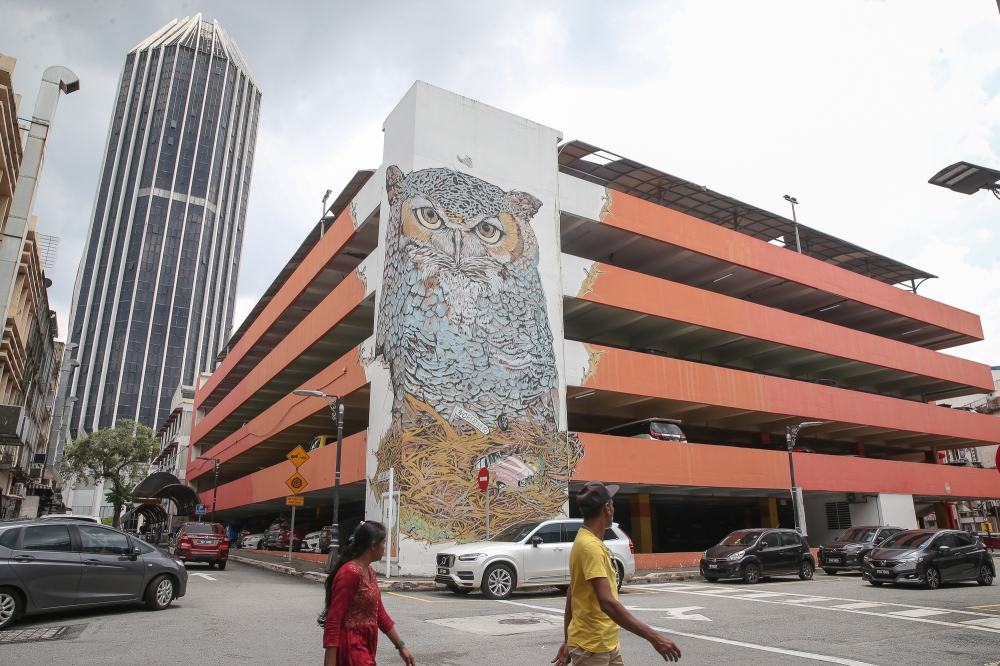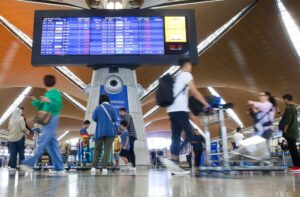PETALING JAYA, Aug 18 — Standing almost five storeys tall, a stoic owl keeps watch over Petaling Jaya New Town.
Those who frequent the area will know it’s not a real bird but a striking mural of a great horned owl perched in its nest, painted on a multi-level car park near Menara MBPJ.
The mural was first commissioned by the Petaling Jaya City Council (MBPJ) as part of an urban beautification project.
But the bird — a cultural symbol of guidance and intuition — has since become more than just street art.
It doubles as a landmark for people who tend to be forgetful, and for those now living with early-onset dementia.
“The painted murals serve various purposes but our initial intention was not to create dementia-friendly spaces per se. It was more for the beautification of the streets, placemaking kinda thing.
“But after having discussed with the Alzheimer’s Disease Foundation Malaysia (ADFM), we were told that these visual characteristics and even audio cues actually help those with dementia to easily orient themselves in a specific location,” MBPJ Development Planning Department director Lee Lih Shyan told Malay Mail in a recent interview.

MBPJ Development Planning Department director Lee Lih Shyan speaks to Malay Mail in a recent interview. — Picture by Yusof Isa
Forget me not
Placemaking, the process of reimagining and improving public spaces, is now playing a bigger role in PJ.
“As you are aware, younger people, and not just older people, are now also at risk of developing dementia, being absent-minded or forgetful.
“So now through placemaking, MBPJ is trying to develop unused spaces so that they could become focal points for people to have better interactions with it, including serving as guides for those with dementia,” Lee said.

The Department of Statistics Malaysia projects that the country will become an aged nation by 2040, with its 65 population doubling from 9.3 per cent in 2030 to 18.3 per cent in 2060. — Picture by Yusof Isa
Malaysia is projected to become an aged nation by 2040, according to data from the Department of Statistics Malaysia (DOSM).
The department forecasts that those aged 65 and above will more than double from 9.3 per cent in 2030 to 18.3 per cent in 2060.
Petaling Jaya is no exception; DOSM’s Kawasanku dashboard showed 13.1 per cent of its Bukit Gasing residents already classified as “elderly” since August 2023.
Lee said MBPJ intends to keep working with ADFM and other placemakers to create dementia-friendly environments under its “Petaling Jaya Smart, Sustainable and Resilient 2030” blueprint.
“This coming September we will be having a program together with ADFM to raise awareness on dementia.
“We want this topic to be talked about more, aimed especially to caregivers because at present many family members do not know how to deal when a close one is diagnosed with dementia,” he said.

A back alley in Petaling Jaya New Town is transformed into a walkable, vibrant usable space benefiting the community including those with dementia through place-making. — Picture by Yusof Isa
Making an effort
Petaling Jaya will also host the upcoming Placemaker Week Asean 2025 from August 27 to 30 at Dewan Sivik MBPJ.
“All stakeholders must understand that placemaking is not just the sole responsibility of the local authority. It must be a shared responsibility with all the parties involved.
“It can be shopping complexes, restaurants, kindergarten or schools or anywhere suitable for placemaking as long as one optimises available spaces to bring about positive impact to those who experience the space.
“Placemaking is not about money, it’s not about cost. It’s about innovation and how to take extra effort to get something from an empty space,” Lee said.






